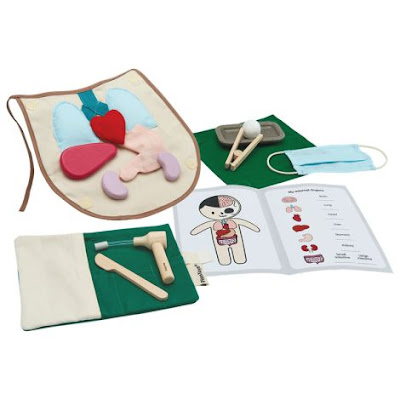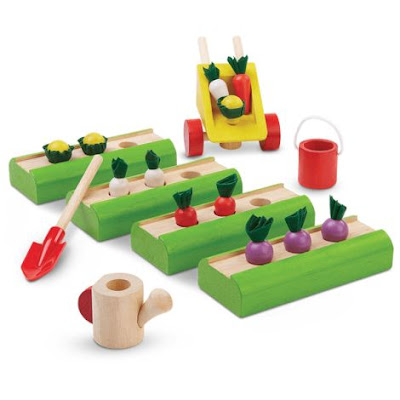Education is the cornerstone of a child's
development, and the choice of classroom materials plays a pivotal role in
shaping the learning experience. One revolutionary approach that has gained
global acclaim is the Montessori method, pioneered by Maria Montessori in the
early 20th century. Maria's innovative insights into childhood development led
to the creation of a unique set of Montessori classroom materials, transforming
traditional education paradigms.
A Visionary Approach to Learning
Maria Montessori's journey began with a profound
understanding of children's cognitive development. Drawing upon scientific
observation and her prior experiences, Maria discerned that traditional
teaching methods often stifled a child's innate curiosity. In response, she
envisioned an educational environment that would nurture a child's natural
desire to learn. This vision gave birth to the Montessori method, a holistic
approach that emphasizes hands-on learning and self-directed exploration.
Designing Purposeful Learning Materials
At the heart of the Montessori method lies a carefully crafted set of Montessori Classroom
Materials. These materials are not mere tools; they are meticulously
designed instruments that align with the developmental stages of a child. From
sensorial materials that refine tactile perception to math materials that
introduce abstract concepts through concrete experiences, each item serves a
purpose. Maria Montessori's keen understanding of child psychology is evident
in the intentional design of these materials, which encourage active engagement
and independent thinking. Kid Advance Montessori, a recognized proponent of
Montessori education, further enhances these principles by providing quality
materials that contribute to a holistic and enriching learning experience for
children.
Fostering Independence and Self-Discipline
One distinctive feature of Montessori classroom
materials is their role in promoting independence and self-discipline. Maria
Montessori recognized that children thrive when given the autonomy to choose
their activities. The materials are arranged in a way that invites exploration
and decision-making. This not only instills a sense of responsibility but also
cultivates the crucial skills of concentration and self-regulation. In a
Montessori classroom, children aren't passive recipients of knowledge; they are
active participants in their own learning journey.
The Global Spread of Montessori Schools
Maria Montessori's groundbreaking work did not stay
confined to Italy. By 1910, Montessori schools began to emerge worldwide, each
embracing the philosophy of hands-on learning and individualized instruction.
The success of these schools was a testament to the effectiveness of the
Montessori method in unlocking the potential of young minds. The global
recognition further fueled the adoption of Montessori classroom materials,
creating a transformative ripple in educational practices.
Continuing the Legacy
Over a century later, the Montessori method remains
a beacon of progressive education. The legacy of Maria Montessori lives on in
the countless children who have benefited from her innovative approach.
Montessori classroom materials continue to evolve, integrating modern insights
into cognitive development while staying true to the core principles of
hands-on exploration and individualized learning. As we look to the future, the
Montessori legacy serves as a reminder that education is not just about
imparting knowledge; it's about nurturing the inherent curiosity and potential
within every child.
In conclusion, the Montessori method, with its
thoughtfully designed classroom materials, stands as a testament to the power
of reimagining education. Maria Montessori's pioneering work has left an
indelible mark on the world of learning, emphasizing the importance of
fostering a child's natural inclination to explore, discover, and learn
independently. The global acclaim of Montessori schools speaks volumes about
the enduring impact of this visionary approach to education.






No comments:
Post a Comment